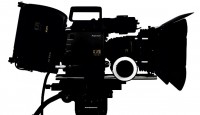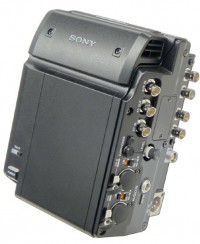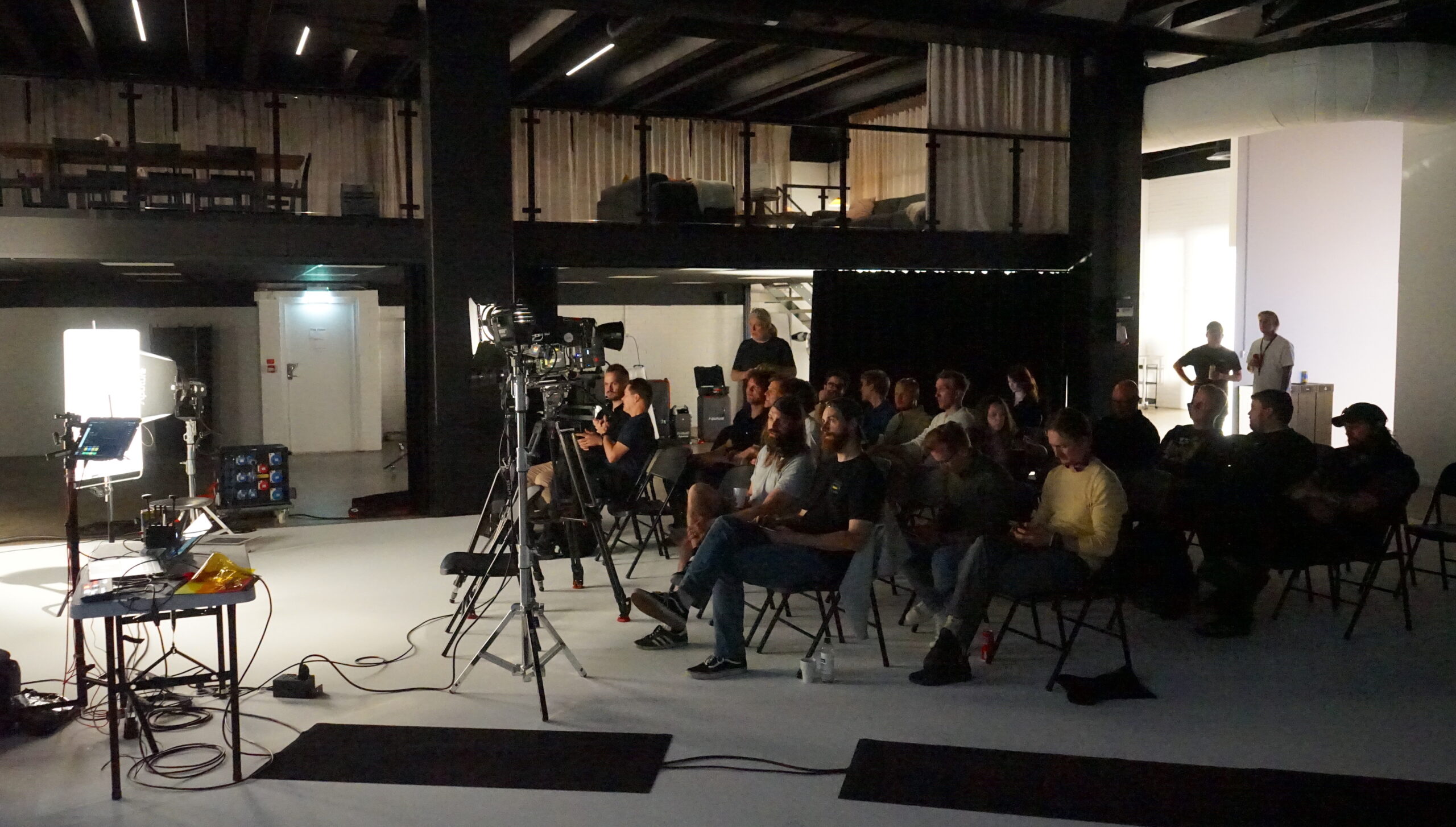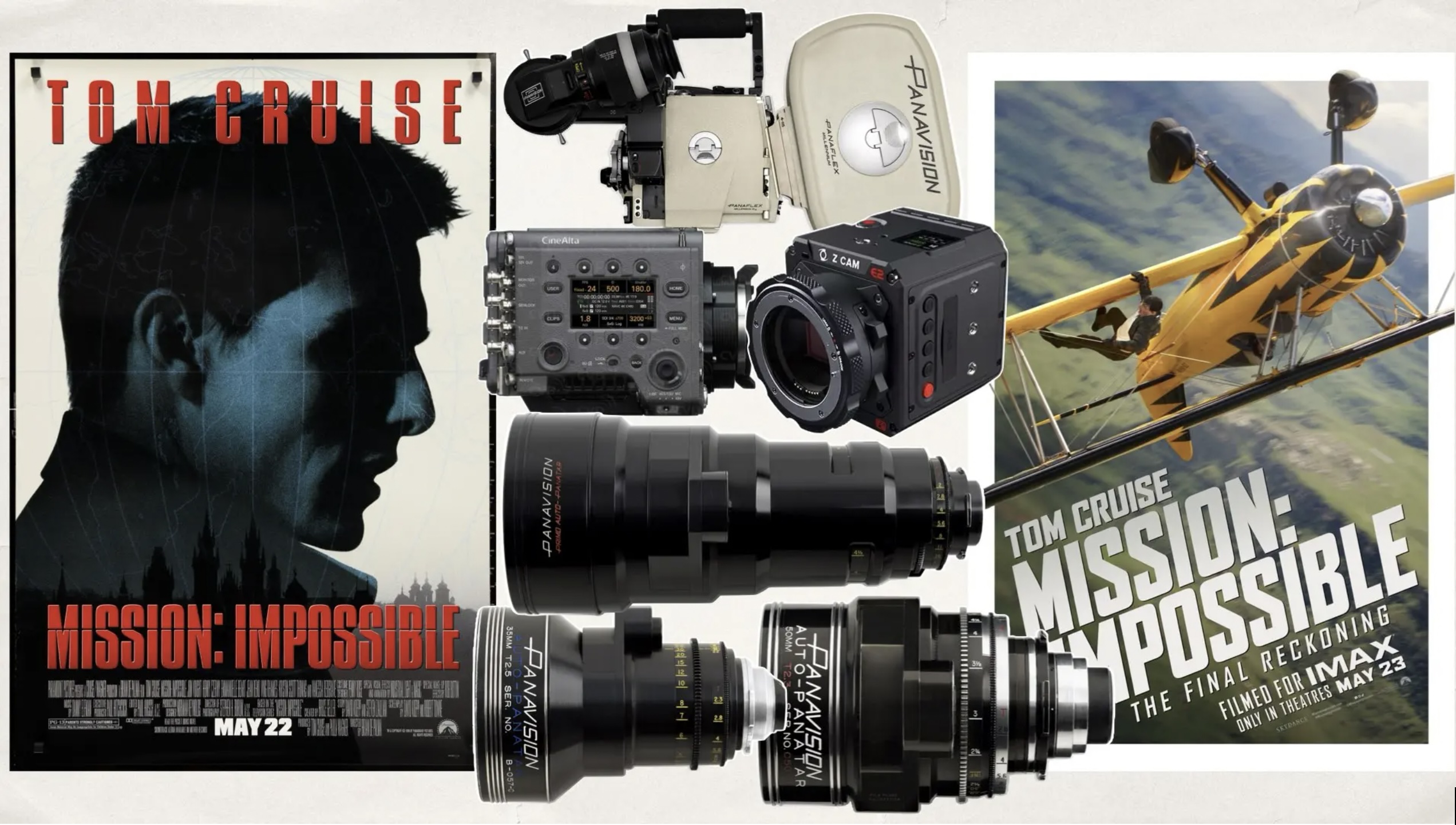Sony satsar på 4K inför NAB

På kommande NAB, nu i april, kommer Sony att presentera ett 4K system med kamera och runtomkringutrustning. En 4k projektor har Sony redan sedan något år. Sony spår att 4K kommer att bli den nya standarden för högklassig biovisning.
Många nyheter kommer från Sony, bl.a. en flash recorder.
Sony is focusing on high-end digital imaging at NAB, including the rumoured and long-awaited debut of a 4K camera. Further supporting its 4K workflow, Sony will announce details of availability and pricing for its SR Memory pack, writes Adrian Pennington.
“Our attention to higher-resolution and higher quality premium images will link Sony’s 4K story with technologies across our range,” explained Olivier Bovis (pictured), Sony Europe’s general manager for content creation.
The ‘4K story’ could be enhanced to spectacular effect if Sony wheels out a 4K capable camera. Long anticipated to be in the works, the prototype may be revealed in Las Vegas sporting a 8K, 20.4-megapixel single CMOS sensor with a PL lens mount outputting 16-bit RAW.
Speaking to TVBEurope at Sony’s Broadcast and Professional Solutions headquarters in Tokyo two years ago, the worldwide head of the division, Dr. Kyung-soo Ahn, confirmed that a 4K system was of high importance to Sony “but we will not introduce a 4K camera for another year or more,” he said. “The reason is not because we cannot, but because unless you have a proper backbone infrastructure you cannot produce 4K images.”
At the time Sony was developing post-production tools to visualise and manipulate 4K images based on its Cell high performance microprocessor.
That infrastructure finally appears to be falling into place. Sony’s 4K workflow unveiled a year ago is intended to link hardware, software and files throughout the production process, from pre-viz to shooting and on through post and preservation.
A core component of this is Ellcami, a resolution-independent multi-format input, transcoding and output system, also built on the Cell.
Further supporting its 4K workflow, Sony will announce details of availability and pricing for its SR Memory pack. This solid state recording format will deliver transfer rates over 5Gbp/s and a storage capacity of up to 1TB. That is enough to support very native acquisition of resolutions up to 4K.
Sony will also highlight a full range of stereo acquisition systems, storage and workflow, as well as its technical expertise.
“This links right through to the projection side where stereographic content can be shown to its maximum effect at cinemas fitted with our 4K projector,” said Bovis.
UK cinema chain Vue recently inked a deal to install Sony 4K projectors across its 68 cinemas and 657 screens, making it the largest cinema circuit equipped with Sony 4K in Europe.
Så här skriver Jon Fauer i Film and Digital Times:
8K x 2K
Time for some seriously, non-official, pre-announcement, highly speculative math excercises. Many astute readers have been emailing or posting the big question, “How can the new Sony CineAlta Camera be 16:9 and greater than 4K when its pixel count is 8K x 2K? 8 x 2 is like a super wide-screen 4:1 format, isn’t it?” No.
After spending time with some leading non-Sony academic and technical gurus over whiteboards, computers and Sake in Asakasa, here are some thoughts until the mysteries are revealed at NAB.
The sensor is 27 mm diagonal: slightly wider and a bit shorter than the F3 sensor. We don’t have the dimensions yet. It’s similar in shape to the F35. (The F35 is CCD, not CMOS.)
The CMOS sensor of the new camera is 20.4 Megapixels, 8K x 2K. Output is 16 bit RAW, 16:8:8. Normal frame rate is 1-72 fps and High frame rate is 1-120 fps. There will probably be a rotating mechanical shutter to handle this. The pixels on the new CineAlta Camera are arranged diagonally, diamond shaped, and have a unit cell size perhaps 1/5th the size of the F3 pixels.
Native data rate was estimated at 20 Gbps, and it can be compressed 4:1 for the 5 Gbps sustained data rate of the SR Memory Cards. A 1 TB SR Memory Card will store about 1 hour of “footage” at 24 fps.
How can they do this? How is 8K x 2K possible? What if the horizontal pixels were sliced, divided or multisampled? In other words, if the pixels were rectangular, not square…taller than wide…
This math exercise was done mainly to try to explain that 8K x 2K is the imager resolution, not the format size. Anyway, I’m more interested in how good it looked–wide latitude, gorgeous color, rich blacks, high ISO. A few people are calling this camera the F65. Others are calling it 8x2K. I was calling it Altissima. We’ll have to wait until NAB to learn more…
Sony SR-R1 Recorder
One of the things that Sony talked about at last weeks demo of the PMW-F3, was the upcoming SR-R1 Memory Recorder.
Sony SR-R1 Memory Recorder. The SR-R1 will record at 220Mbps and 440Mbps to solid state memory cards. The unit will support Single Link 4:2:2, two HD-SDI outputs for 4:2:2 1080/60p, 3G and Dual Link RGB at 440Mbps.

Simultaneous recording makes it possible to record two cameras at once for 3D productions
Interestingly, when Sony reps were asked why the PMW-F3 did not record at 50Mbps (at the highest quality to internal cards it records 35 Mbps in 4:2:0 8-bit XDCAM EX format) Sony’s response was that it would have added too much to the cost, but that with the SR-R1 (or other similar output options) those who need that sort of quality can get what they need.
While Sony hasn’t officially released information about the SR-R1, it is covered in a 12-page special report from Film And Digital Times on the PMW-F3, and the Sony reps clearly thought that the pricing of the SR-R1 would be competitive.
FilmAndDigitalTimes: Sony F3 Special Report
Note: several broadcasting organizations such as the BBC and PBS have official minimum standards for video quality, and for digital recording cameras have so far been inclined to only approve cameras that record at 50Mbps or above.
BBC: Commissioning: Producing in High-Definition.
Här är två länkar:





